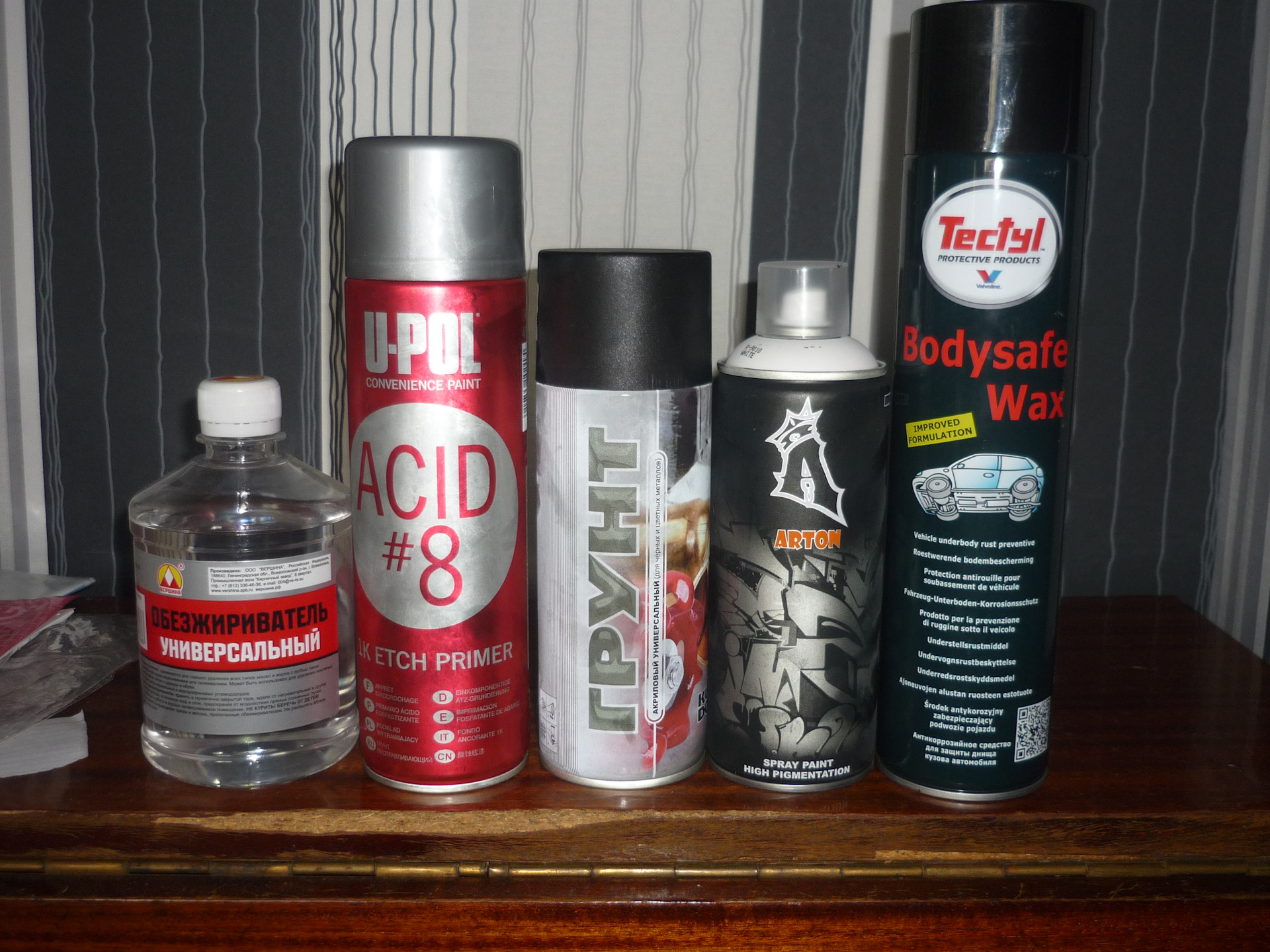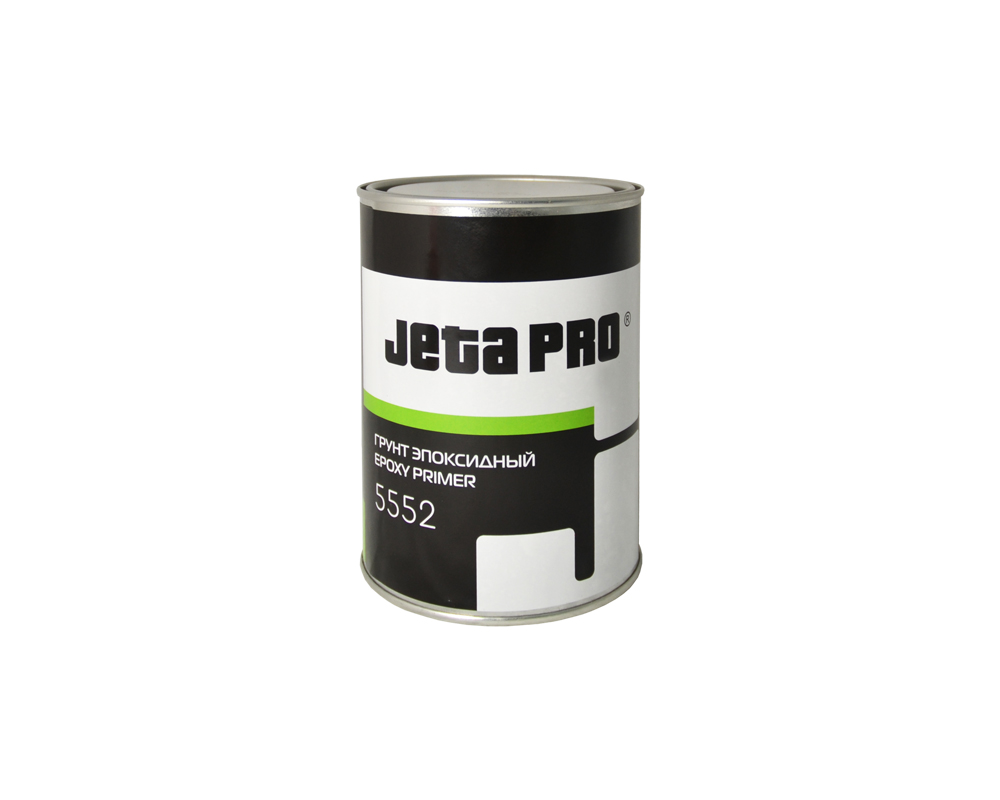
The best primers for the bottom of the car by classification and composition
Content
The soil is diluted according to the instructions immediately before processing. The mixture is applied in 2-3 thin layers with intermediate drying. The unpainted composition partially absorbs moisture, so the finish sanding is done dry. Priming work on the bottom of the car is done using PPE.
The body of the machine is made of stamped steel sheets, which require additional protection from the harmful effects of the environment. Primer for car underbody and other metal surfaces protects against corrosion. Because it creates a durable layer that is resistant to abrasive and weathering.
What is soil for?
The metal sheets of the vehicle upholstery may have minor defects that appear during painting. Therefore, to level the surface must be primed. Additionally, the machine receives reliable protection against the development of corrosion.
The purpose of the primer for the bottom of the car for rust:
- Improving the adhesion of varnish and paint to the surface.
- Reducing the influence of harmful environmental factors on the metal.
- Protection of the skin from bumps and scratches.
- Creating a leveling layer before finishing painting.
- Prevention of exposure to chemically aggressive substances.
Varieties by the number of components
The properties of the protective coating of the metal surface of the car depend on the content of active substances. The primer for the bottom of the machine differs in the type of action on the workpieces.
Main categories of protective coatings:
- Composition with phosphoric acid, which creates a strong layer of insoluble compounds. The marking of this type of soil is "VL".
- Water-repellent material containing metal chromates and having anti-corrosion properties. The passivating composition is designated by the letters "GF".
- Protection of the car body with soil with metal particles having a positive potential. Tread mixtures are designated "E" and "EP".
- Inert compounds that provide chemical protection to the metal surface. More often marked with the letters "FL" and "GF".
- Rust converter primer to prevent corrosion of car surfaces.

Tools for processing the bottom of the machine
Coating compositions can be either with one component or additionally with a hardener.
For open surfaces
The metal skin of the body is more susceptible to impact and weathering. Therefore, the primer for the bottom of the car must be durable and protect against corrosion. Usually, compounds based on bitumen, rubber and synthetic resins are used for open body parts.
A thin, durable film of the mixture protects against the effects of water, saline solutions and particles of soil and gravel. The car is usually primed using a spray gun and aerosol cans.
For hidden cavities
In hard-to-reach places for anti-corrosion treatment, it is better to prime the bottom of the car with liquid mixtures. Due to its good fluidity, the composition penetrates into cracks and micropores of the surface. It also impregnates the rust on the metal with the converter and stops the further development of corrosion.
The soil effectively displaces water and dirt from the hidden cavities, densely covers the surface. Products for hard-to-reach places dry very quickly, with the formation of a continuous film.
Composition classification
The bottom of the car is primed to protect against corrosion and prepare for painting. The main task is to create a durable layer with good adhesion. The primer can be applied to metal, putty and the remains of old paint.
The composition of the mixture contains substances that form a strong film upon contact with the surface. Resins and inert particles in the ground provide moisture protection. Compositions for surface preparation for painting usually contain 1-2 active ingredients.
Types of soil used to protect the metal lining of a car:
- epoxy;
- acid;
- acrylic.

Epoxy primer
All these types of mixtures work effectively on the surface and form a durable water-repellent layer. In order to properly prime the bottom of the car, the protective compositions are selected depending on the type of surface and the required properties.
Acrylic primer for car
The material is suitable for metal surfaces of the body that do not have significant damage and corrosion. To fill defects and form an even layer, it is better to prime the bottom of the car with soil diluted to the density of sour cream.
Characteristics of the acrylic composition:
- Creates an even and smooth surface for painting.
- Increases the adhesion of the protective layer.
- Prevents the appearance of rust spots and smudges of dirt.
Acrylic primer has good strength and UV resistance. Not afraid of humidity and sudden changes in weather.
Epoxy primer for car
The material well protects steel sheets of body skin from corrosion, moisture and mechanical damage. More often, the mixture consists of two components - a synthetic resin and a hardener. This composition can prime the bottom of the car after welding.
Properties of the epoxy mixture:
- high strength;
- water tightness;
- good adhesion;
- thermal resistance to drops;
- durability;
- quick grip.
After application to a metal surface, the composition dries for 12 hours at a positive ambient temperature.
Acid primer for car
The material provides the best protection against metal corrosion. The rust converter in the mixture binds oxides. The bottom of an old car is best primed with acid-based primer.
Mix properties:
- heat resistance;
- chemical inertness;
- durability;
- hygroscopicity;
- salt and water resistance.
To obtain a smooth surface, the material must be further sanded after priming and drying. Acid soil is toxic, when processing it is necessary to use personal protective equipment for the skin and respiratory organs.
The best primers for the bottom of the car
A high-quality coating of a metal surface increases the service life, reduces the cost of car ownership. Therefore, it is necessary to responsibly choose materials for processing the body.
Rating of the best primers for the bottom of the car, according to Yandex.Market:
- HB BODY 992 brown for corrosion protection of steel surfaces. The soil is quick-drying, resistant to aggressive chemical compounds. Method of application - spray, brush or roller. The composition can be diluted with a solvent by 10-30%.
- RAST STOP - an aerosol for protecting the bottom of the car from corrosion. Well fills the hidden cavities. The composition has water-repellent properties and is suitable for surfaces with ribs, traces of welding and fasteners.
- LIQUI MOLY Unterboden-Schutz Bitumen is a bituminous primer for the anti-corrosion protection of metal parts. Packaging - aerosol can, coating color - black.

RAST STOP underbody spray
Popular mixes have good value for money. Car underbody primers are available from several online retailers.
Selection criteria and requirements
The body of a new car is treated with soil during assembly on a conveyor. But during operation, the protective properties of the coating may decrease, and additional processing of the car will be required.
The main requirements that put forward to the primers of metal surfaces:
- Environmental friendliness, lack of toxic components and safety for humans.
- Resistance to temperature difference.
- The activity of the composition to convert rust.
- Vibration stability and plasticity.
- Impact and abrasion resistant.
Ways to use
To protect the metal of the machine, only auto-primers are used. Mixtures of this type provide good adhesion to the paintwork and protect against the development of corrosion.
Preparing to use automotive primer:
- Remove rust, clean metal defects.
- Wash and dry the surface to be treated.
- Irregularities and large defects to putty.
- Close the parts of the body on which the composition is not applied.
To create protection on a metal surface, several layers of soil with different properties are often used. Proper treatment - first applying an acid composition with a rust converter. For the next layers, an epoxy or acrylic primer is used.
When to perform anti-corrosion treatment
The best option for applying a protective compound is on the metal surface of a new car. When rust spots appear, the primer only stops the process of metal destruction. During the operation of the machine, the body skin is deformed with the appearance of microcracks in the paintwork and welding seams.
How to prime the bottom of a car
Processing of metal surfaces of the machine must be carried out in a clean, dry and ventilated area.
Steps on how to properly prime the bottom of a car body:
- wash the dirt thoroughly;
- remove the remnants of the old coating;
- remove rust stains;
- dry and degrease the bottom.
Areas that are not primed should be covered with dense material. Post prepare the necessary tools and mixtures - brushes, spray apparatus, grinder and components for the working solution.
The soil is diluted according to the instructions immediately before processing. The mixture is applied in 2-3 thin layers with intermediate drying. The unpainted composition partially absorbs moisture, so the finish sanding is done dry. Priming work on the bottom of the car is done using PPE.
